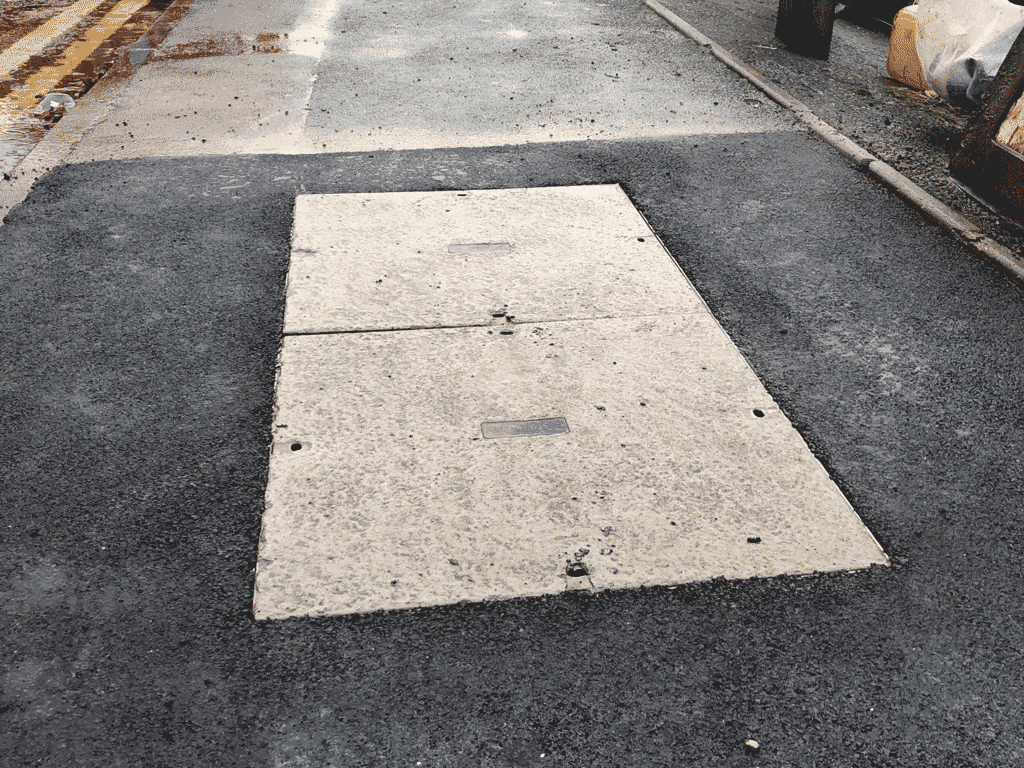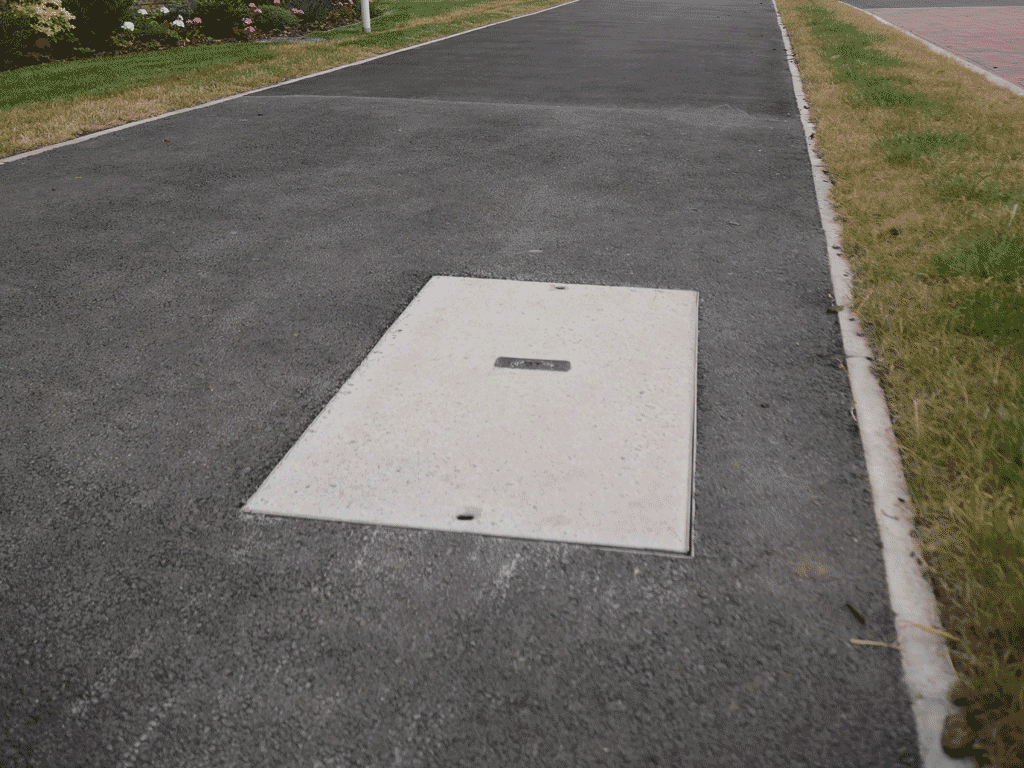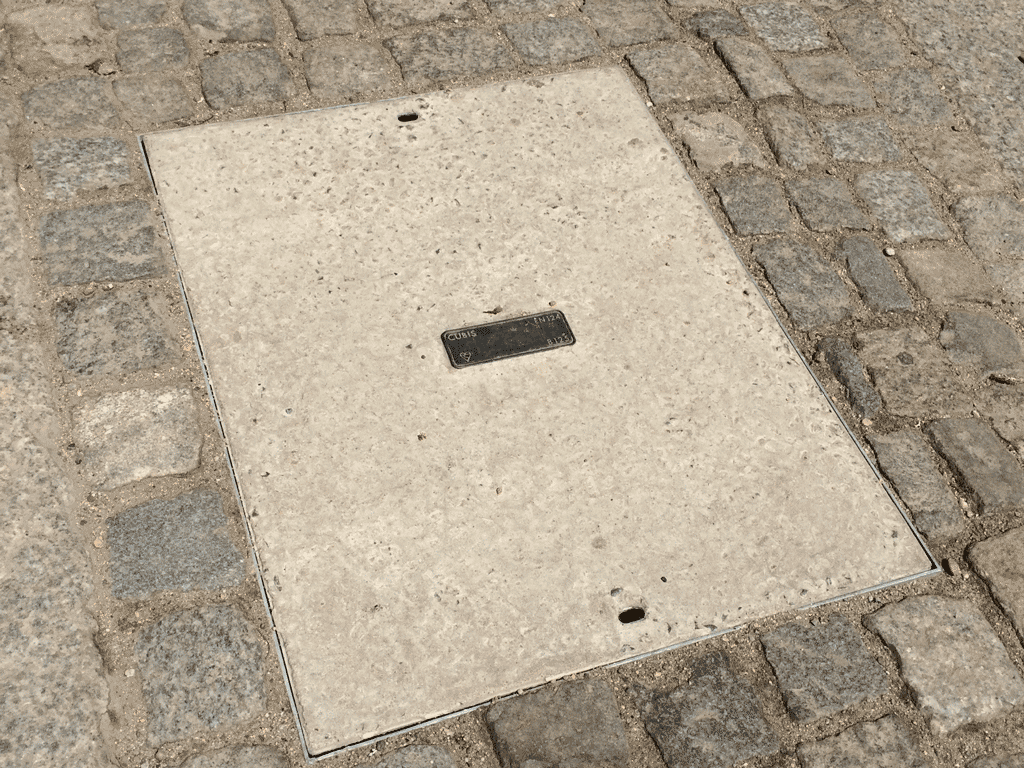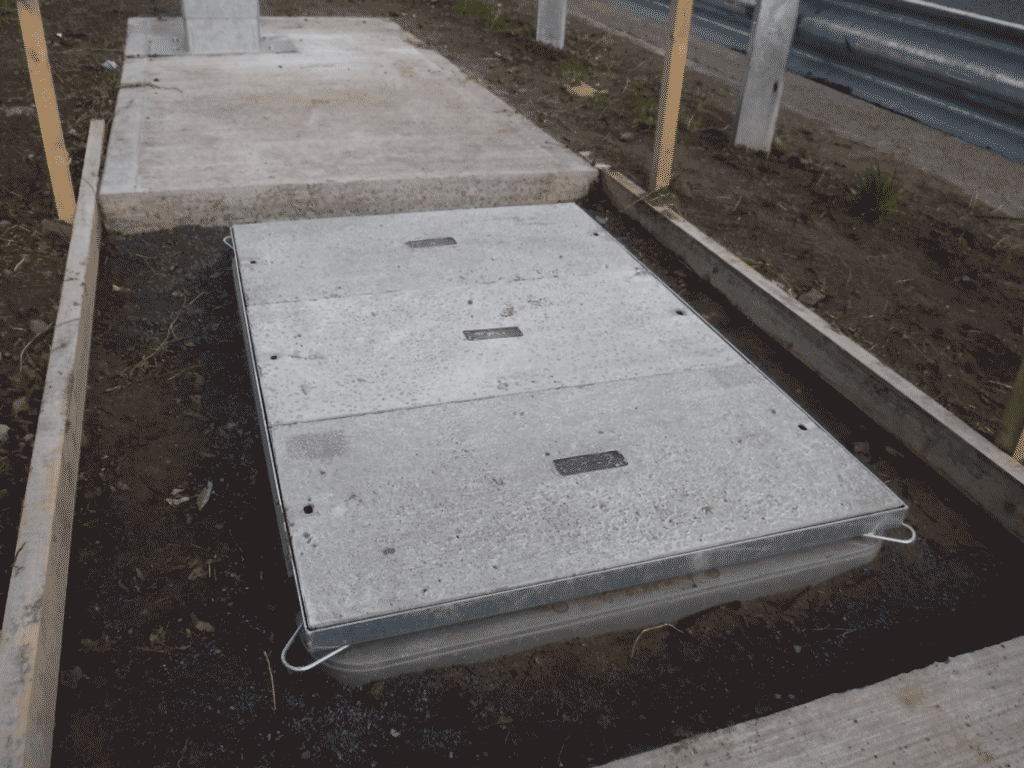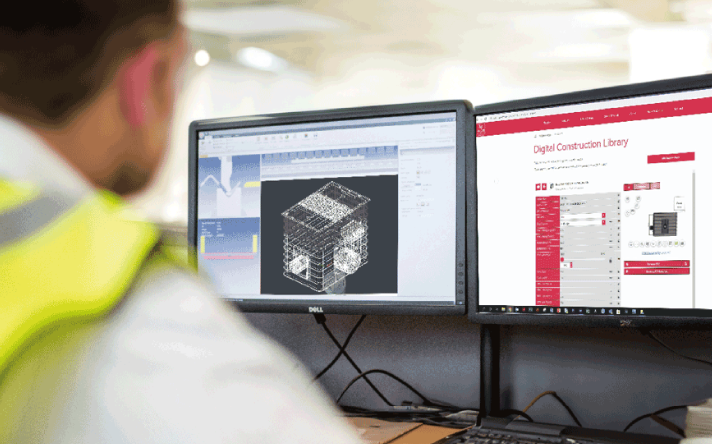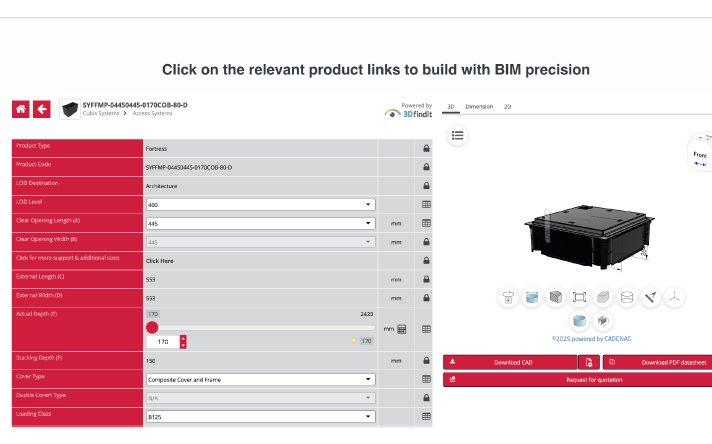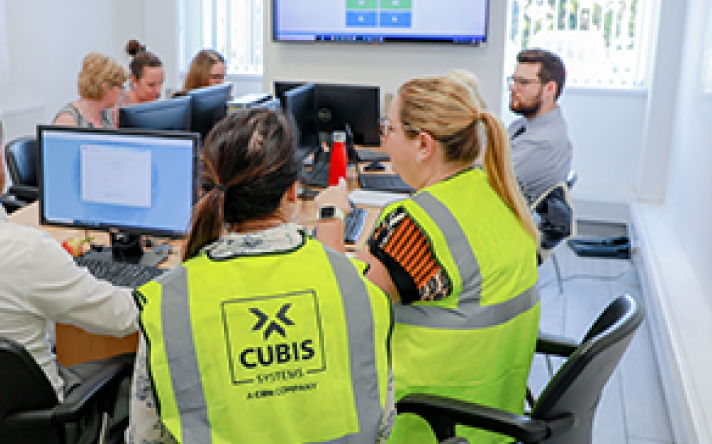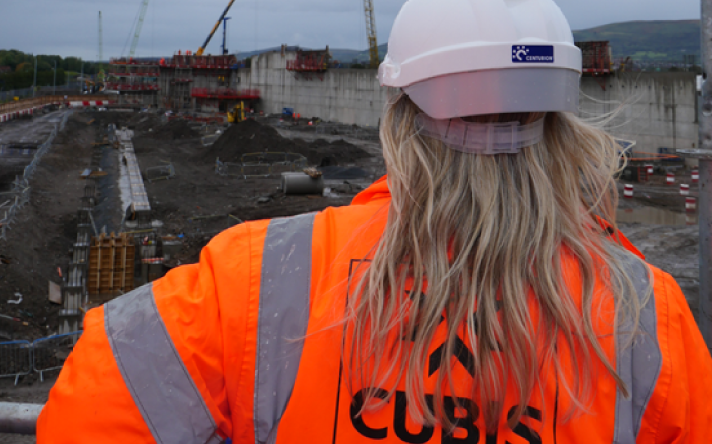What is a Manhole Cover?
They’re part of the backdrop to our everyday lives and, while often overlooked, form a vital component within our cities, landscapes, and infrastructure. As such a common aspect of the built environment, most people would probably say they know exactly what a manhole cover is and could identify one without any issues.
However, typically any hatch, inspection pit covering, or ground level removable plate is called a manhole cover when in fact this is pigeonholing a number of different building materials together under one inaccurate label. One result of this is that ‘access covers’ are assumed to be the same as manhole covers, when they fulfil different roles and are required for applications that a manhole cover just wouldn’t suit.
Protection, maintenance and access
A manhole cover refers to a removable plate covering a shaft that leads down to a sewer or water drain and which a person can pass through. While available in a variety of sizes and materials, these tend to be simplistic and heavy to restrict unwanted entry. Asides from applications such as sewerage, foul water, storm water or other wet drainage, it’s unlikely that a manhole cover will be used to protect or provide access to other aspects of the built environment.
Instead, when it comes to electrical cables, valves, water pipes, fibre cables or similar, it’s more likely that an access cover will be used to protect important systems housed within a dry access chamber. The two components combined - chamber and cover - create an underground network access system that can be rapidly installed and tailored to specific circumstances.
Access covers also come in a variety of sizes and materials, but they tend to perform more specialised roles and are often not designed for a person to move through – although they must help maintenance teams reach what’s inside.
The specialised nature of access chambers and covers stems from the fact that they are usually designed to meet a particular requirement. For example, chambers that house cables are referred to as a ‘draw pit’ due to the way in which the cables are fed through the ground between chambers. Rope and a fish tape ‘draws’ the cable along its designated path, with chambers positioned when changing direction, adding joints to extend the cable, branching off into a property or service, or if the path is too long and pulling the cables without a chamber would be too hard.
Water supplies also require regular underground chambers to ensure that the pipes can be checked, or the water turned off when necessary. This means chambers will often house water valves or meters for taking readings. One advantage of having regularly positioned access to pipes and water pressure measurements is that maintenance teams can easily identify where leaks or blockages are located.
The exception to the ‘access covers only being required for dry chambers’ rule is that occasionally in the rail sector special drainage chambers will be used to remove water from the tracks.
The right cover for the job
As the above scenarios demonstrate, access chambers and covers are required for practically every type of development, building, complex or estate, and must survive regardless of wheel loads, weather, maintenance demands or whatever the site’s daily operations will throw at it. Therefore, it’s important to always use covers that suit the project in question. At Cubis, we’ve developed four main types of covers to meet the varying challenges that access covers face.
The Concrete Infill cover is a frequently used type that most people will regularly encounter. This commonality is because it is used by the telecommunications sector when they need to install an access point in a pavement, such as when laying fibreoptic cables to a housing estate. It features a concrete finish as this is not only durable and able to withstand weather exposure, foot traffic and impacts, but it also creates and retains a highly slip resistant surface. A further design advantage of a Concrete Infill cover is that multiple can be combined to protect large chambers when necessary.
Recessed covers are also found in pedestrian areas and are used to blend into the surrounding paving. This makes them less conspicuous and creates an aesthetically appealing finish, such as may be desired in a high street, market area, town square or car park. This ensures that spaces designed to look and feel pleasant can maintain the desired appearance without hindering access to vital utilities.
In industrial locations, heavily trafficked places or infrastructure facilities that involve heavy engineering, access covers will have to cope with intense challenges. Ductile iron covers will often be used, as this strong, robust material can tolerate heavy loads and conditions within demanding environments for the long term. Thanks to its flexibility, heavy vehicles can repeatedly move across its surface and the cover will simply bounce back into shape time and time again.
Its durability means ductile iron covers are used in places ranging from motorways and warehouses to airports, bridges, factories and more. Particularly thick and well supported covers can even withstand the pressure from moving airplanes and similarly extreme scenarios.
Most other covers will be composites made from Glass Reinforced Polyester Resin (GRP). The light weight yet durable nature of this material makes it ideal for places such as traffic signals, railway platforms and the like. Being secure but easy to move, maintenance teams can quickly reach important wires, meters, and mechanical equipment. This type of cover is permeable to radio waves, making it possible for telemetry readings to be taken without having to remove the access cover.
Bespoke access
For particularly large-scale or complex developments, access systems often need to be carefully designed, with the chambers and covers customised to the project. At Cubis, our team has worked on underground network access systems for a wide range of scenarios, meaning that they are well placed to recommend a tried-and-tested, BSI kitemarked solution.
Despite the need to customise, some properties are largely universal across access covers. The lightweight, modular nature of our solutions means they can be rapidly installed, and these properties also provide sustainability benefits over more traditional systems.
The lighter and simpler they can be to lift, then the better they are for the maintenance team’s purposes. We’ve designed access covers with tapered sides and lifting points in the middle so that one person can lift and drag the cover away. In contrast, when the lifting point is in the corner it can be dangerous to move solo, as the cover can easily fall over if there’s no one to hold the other corner.
As this article has explored, access covers need to fulfil a variety of roles to ensure that important systems are protected and easy to monitor or repair. While superficially similar to manhole covers - in that they both cover holes and control access for safety and security reasons - we can see that each performs a different function in the built environment.
To find out more and understand which access cover will best fit a project’s requirements, get in touch with our specialist team today.

